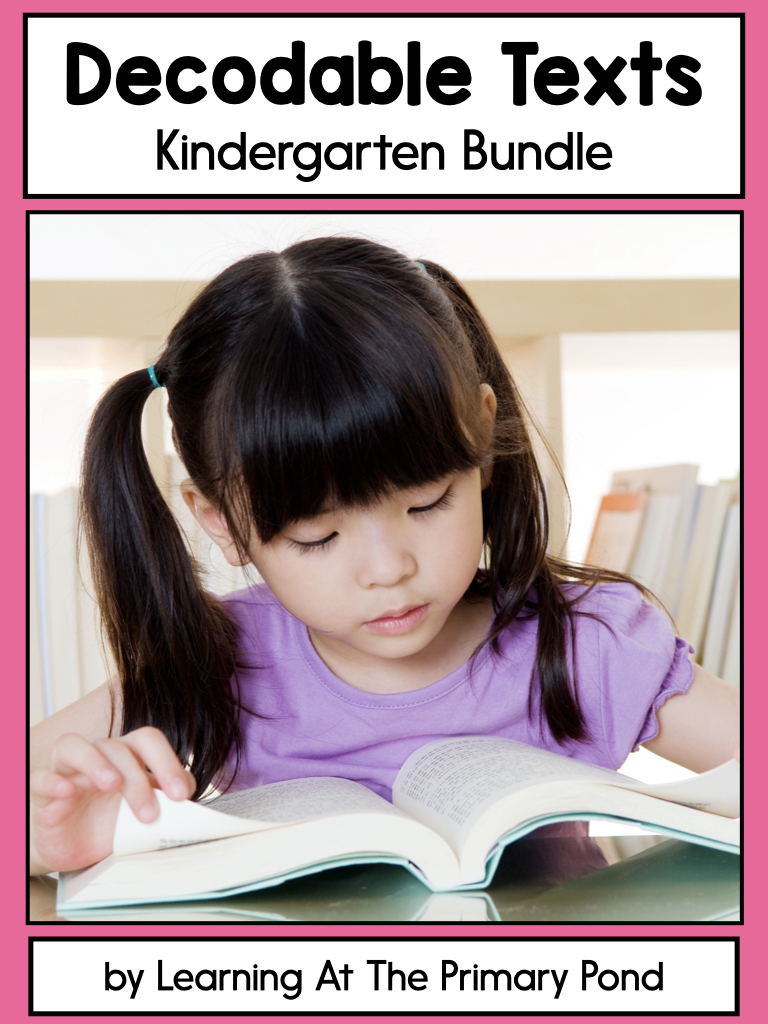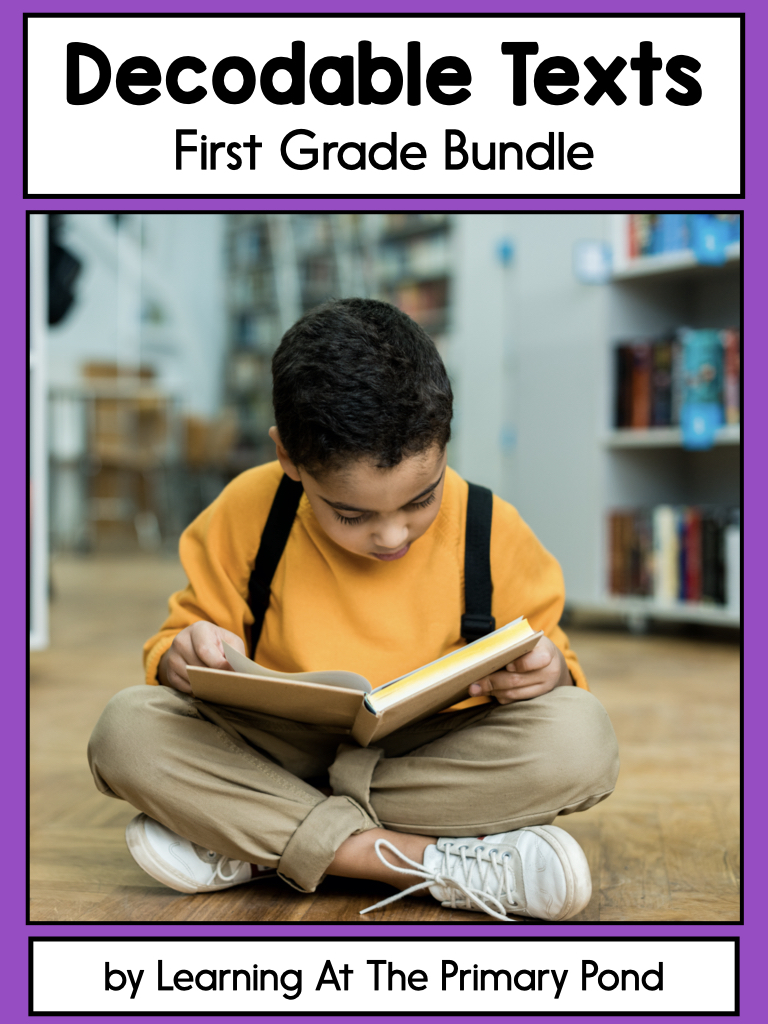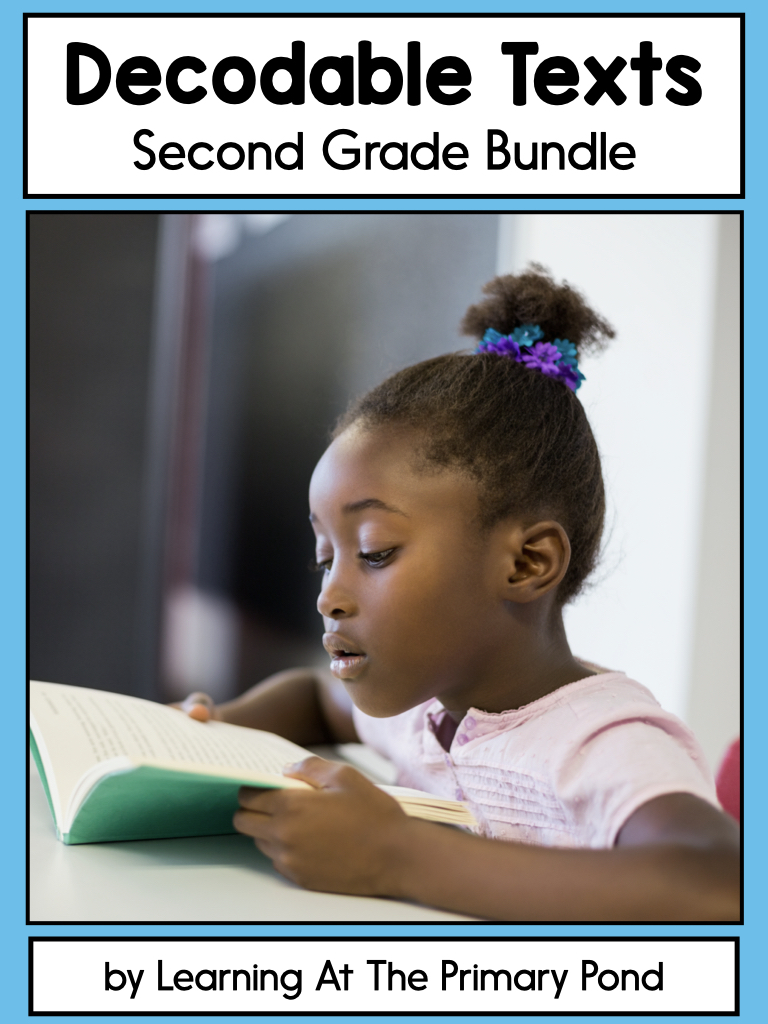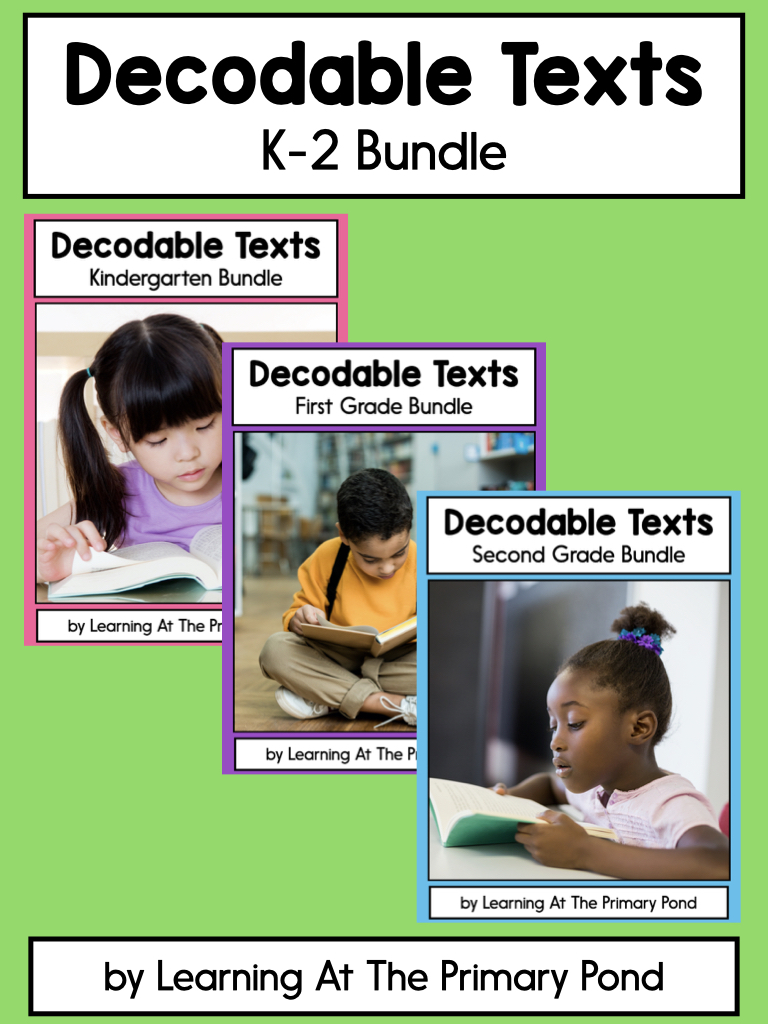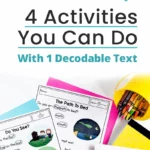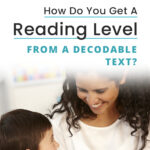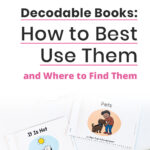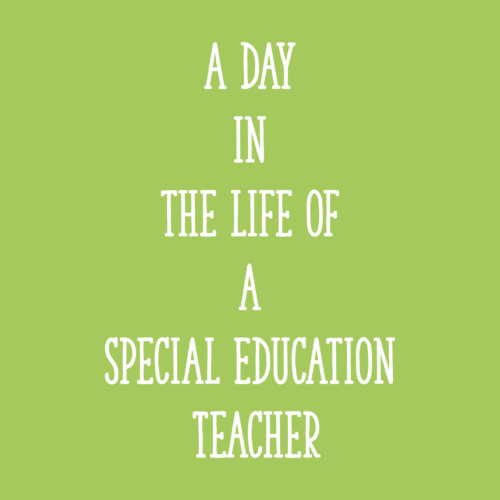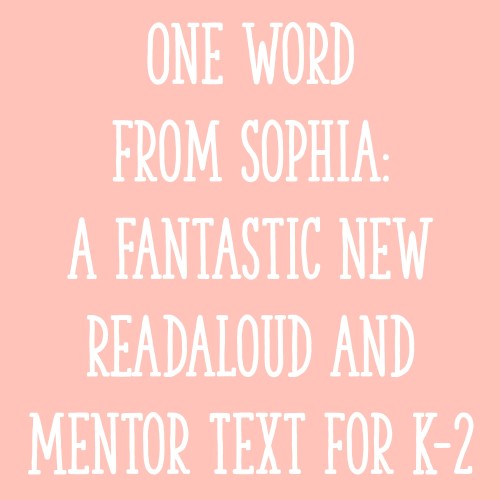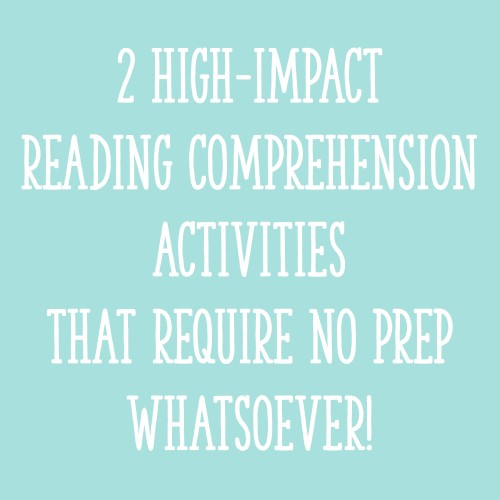Wondering if you should add decodable books to your Kindergarten, first grade, or second grade reading instruction?
Or maybe you’re not exactly sure what they are in the first place?!
Well, you’re in the right place!
In this post, I’ll explain what decodable books are and how I use them with my K-2 students!
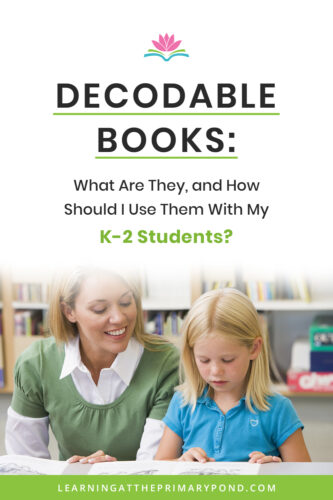
What Are They?
Decodable books or decodable readers are texts that are controlled for specific phonics patterns. They often include high frequency words.
The purpose of decodable books is to give students practice with the phonics patterns you’re teaching them. They provide an excellent opportunity for in-context practice. (Research shows that students need to practice phonics patterns and words in isolation, as well as in the context of reading and writing.)
Here’s an example from a decodable book in my phonics program, From Sounds to Spelling:
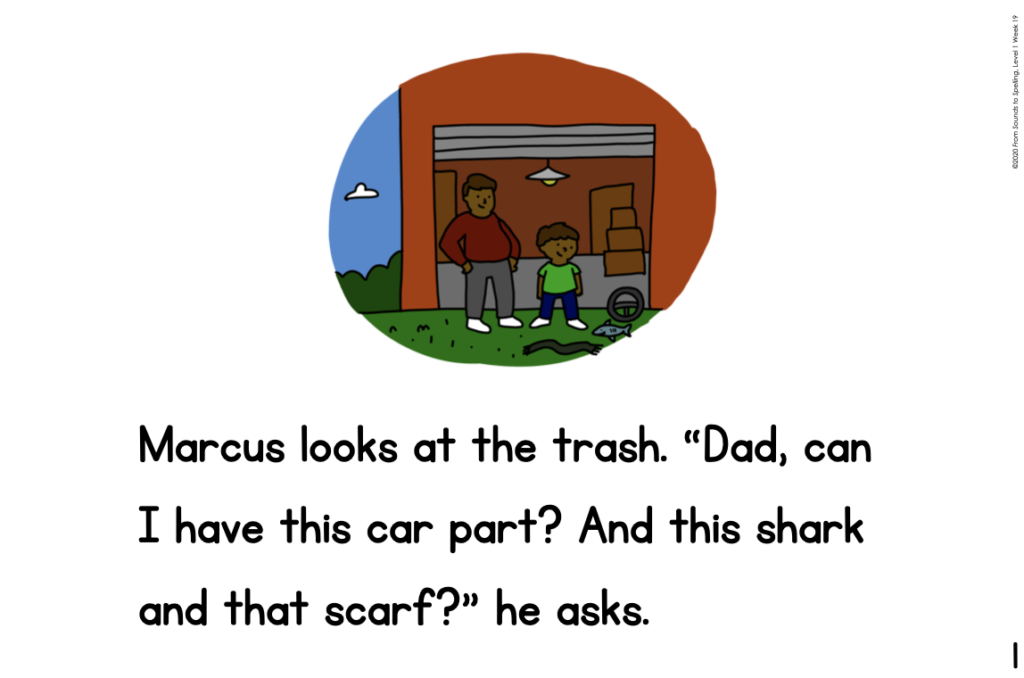
This comes from a week focused on the r-controlled vowel “ar.” The words “Marcus,” “car,” “part,” “shark,” and “scarf” all include the spelling pattern.
All other words on this page have been previously taught, OR they include spelling patterns that have been covered during previous weeks.
Are Decodable Books Too Easy?
At first glance, some decodable books might look too easy (especially if you’re teaching second grade and up).
So many times, though, I’ve thought that a text might be too easy for a student – only to discover that some of the words ARE challenging for them! (I think this happens because some kids are great word memorizers, but they don’t have the underlying phonics skills required to decode new words).
In addition to decoding and phonics practice, decodable texts also lend themselves to working on comprehension and fluency. Students can answer questions about a text (orally and/or in writing), and they can reread the text a few times for fluency. There’s plenty of “work” in decodable books!
What Does A Quality Decodable Book Look Like?
We want to use decodable books that:
- Are engaging for students
- Match the phonics patterns that you’re teaching
If you have to pre-teach a word or two to students before you read the text – that’s okay! (It’s also okay if students struggle with a couple of words, as long as they can still decode and comprehend the vast majority of the book.)
Decodable books are sometimes viewed negatively because they’re “too simple” (lacking in opportunities for deep comprehension) and/or “unnatural sounding.” And yes, I agree with all of that – IF the text sounds like “Kim will sit on a pin. Kim hit the pin. The pin did not win.”
However, we can easily avoid those problems by A) choosing decodable texts that sound more natural and B) supplementing decodable texts with read-alouds and other texts that contain more complex concepts and language.
Decodable books are just one piece of the puzzle when it comes to our literacy instruction.
How I Use Decodable Books
Remember, the primary purpose of using decodable books is to give students practice with the phonics patterns they’re learning. (Other goals are to provide practice with high frequency words, work on comprehension, and improve fluency.)
With a decodable book, you can have students:
- Circle or highlight words with a target phonics pattern (this is important because it helps kids make the connection between a phonics concept and actual reading)
- Discuss the meaning of the text (always!)
- Read the text multiple times, for fluency practice (at school and/or at home)
- Respond in writing (preferably by using at least some words from the text to further practice the target phonics pattern)
I like to use decodable book in a small group setting. However, you CAN use them in a whole group setting, too. (I do so occasionally, primarily for modeling decoding skills).
If you’re teaching phonics in a whole-group setting, you may want to have different levels of decodable books. As you can see in the example below, many of the same WORDS are used – but the easier version has less text and shorter sentences.
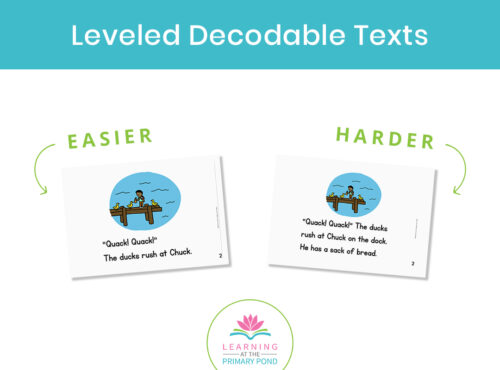
I typically use decodable books during my phonics instruction and/or small group instruction. I prefer to have a dedicated time for phonics instruction. I see 2 small groups per day, and one of our activities is reading the decodable texts.
If you already have guided reading groups and are short on time, consider replacing at least some of your leveled readers with decodable texts.
Which Students Should Use Decodable Books?
Decodable books are valuable for ALL students! And they’re absolutely essential when students are first learning to read. After kids understand how books “work,” I use lots of decodable books. The decodable books “require” kids to use their letter sound knowledge to read.
Decodable books also especially important for students with specific reading disabilities (like dyslexia).
When students are presented with a decodable book, they experience SUCCESS – because they’re practicing exactly what you’ve taught them. That feeling of success is SO important, especially for struggling readers!
From Sounds to Spelling
In From Sounds to Spelling, my phonics program, we use lots of decodable books and passages. These texts help students practice the phonics patterns and high frequency words that they’re learning.
A typical week in the program (with the exception of early Kindergarten) has 2 decodable texts. The majority of the texts in the program actually include 2 different levels – the “regular” level and an “easier” level. This can help you accommodate readers at different levels in your classroom.
The easier version of each text typically includes shorter sentences, fewer challenging words, and (when applicable) fewer multi-syllabic words.

If you have to use a different phonics program but you still need decodable books…I have good news for you!
I have additional decodable texts available in my TPT store. These books are phonics-controlled, written around specific phonics patterns, and engaging for students!
The Kindergarten and 1st grade sets have both book and passage formats; 2nd grade contains only passages. Each text comes with a complete lesson plan, as well as a reading response question for students to answer. Check them out below:
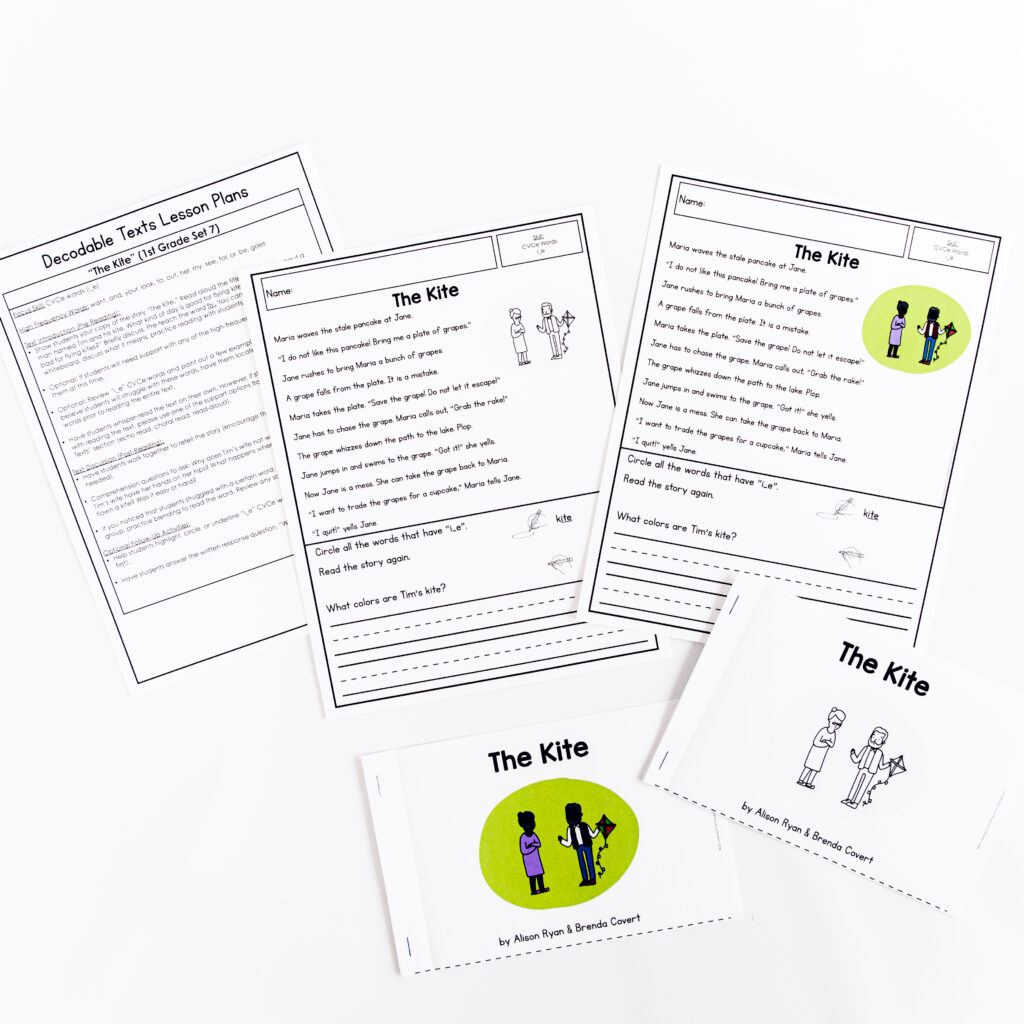
I also have Nonfiction Decodable Safari texts for Kindergarten, 1st grade, and 2nd grade. You can check them out here at my TpT store. These texts:
- Come with a lesson plan for each passage
- Include tons of text features
- Have a comprehension assessment and vocabulary work
- Provide a graphic organizer
- Include a writing prompt



Happy teaching!

References
Blevins, W. (2017). A Fresh Look at Phonics, Grades K-2. Thousand Oaks, CA: Corwin.

